Danang and Okinawa might speak different languages. But there’s the same energy. Travelers who experience both immediately recognize the connection between these East Asian seaside siblings. People like Chef Junichi Yoshida. The similarities are so striking, he tells us, that when opening his new restaurant at InterContinental Danang Sun Peninsula Resort, he chose the name ‘Tingara’ – an Okinawan word meaning ‘river of stars.’ Right now, Tingara Japanese Restaurant Danang stands as a culinary bridge between these kindred coastal cultures.
The name’s fitting. Tingara Restaurant is an eagle’s nest perched on the InterContinental Danang Sun Peninsula Resort’s dramatic sloping hillside, hovering above its private bay. From up here, boundaries dissolve. As night falls, the dark waters below mirror the sky, creating an illusion where sea ripples and starlight become indistinguishable – a flowing river of stars that connects the earth and the cosmos, just as Junichi connects two culinary worlds – Okinawa and Danang.
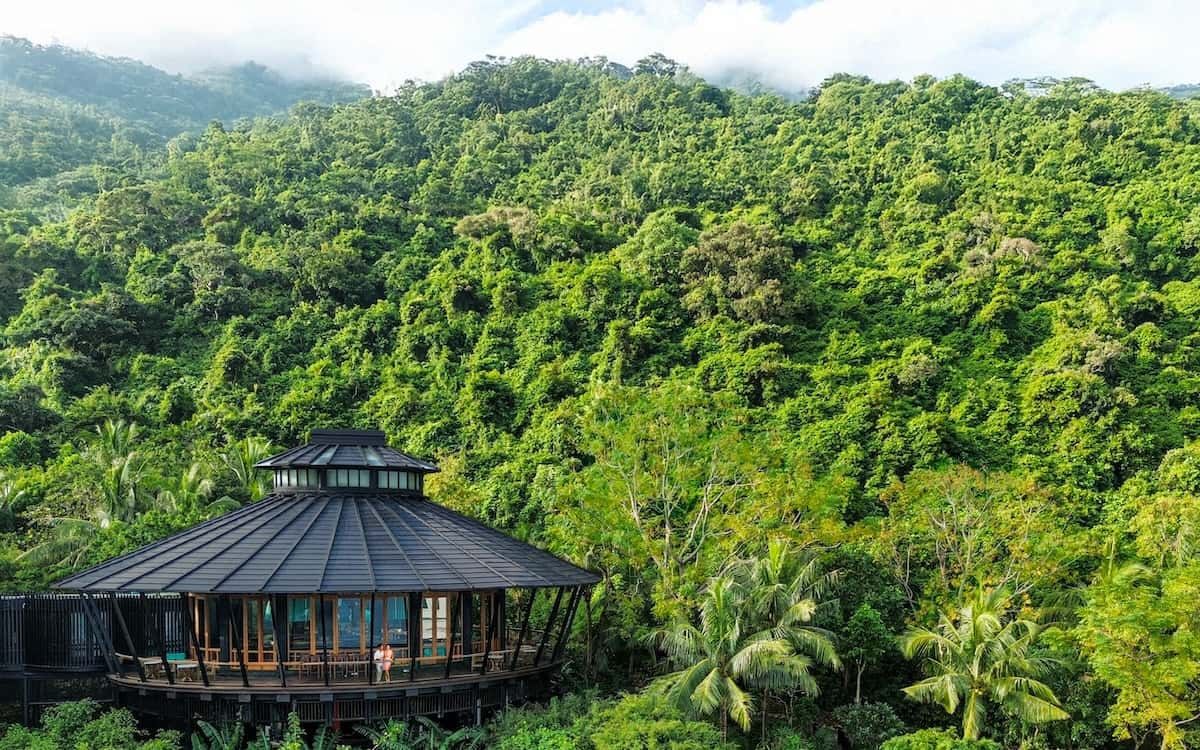
Holding Aloft The Beef Like A Victory Parade
He gets his beef from Okinawa too. Tonight it’s a big slab of meat he and Chef Tetsuhiko Isozaki march around the 360-degree kitchen for the guests gathered around the counter like a victory parade, holding the meat and the certificates of its provenance (there’s a print of the cow’s nose on one) aloft triumphantly, the boxing trainer raising the belts behind the champion.
Junichi’s approach to selecting beef defies the usual wisdom. “I believe that the quality of the fat in the beef and the balance between lean and fat should be used to evaluate meat rather than how much or how little fat is visible,” he explains. While Kobe beef enjoys global recognition, Junichi has deliberately chosen the lesser-known Yaeyama Kyori breed, guided by three exacting standards.
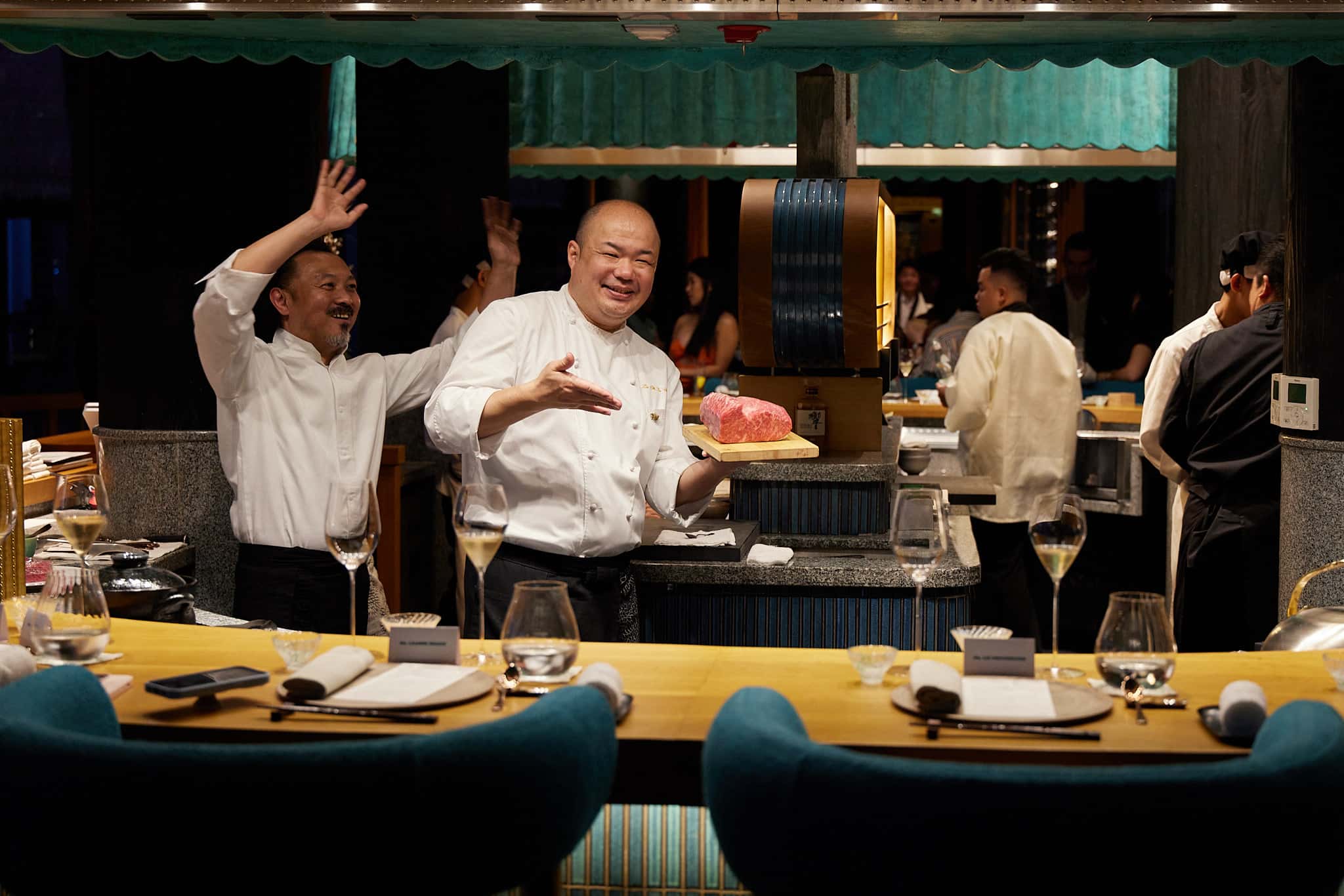
Tingara Restaurant’s Chef Junichi Yoshida’s Trifecta Of Standards
Lineage comes first. “Yaeyama cows are carefully chosen for their pedigree to guarantee that both parents are purebred,” Junichi insists, noting that a cow’s breed accounts for 80 percent of its flavor profile. He’s equally particular about aging—where most Wagyu is fattened for around 28 months, Yaeyama Kyori cattle mature for a minimum of 30 months, sometimes longer. This patience allows natural amino acids to develop, enhancing the meat’s umami without forcing accelerated weight gain.
Perhaps most telling is Junichi’s relationship with Kitauchi Farm, where his beef is raised. He speaks with reverence about Mr. Kitauchi’s methods — how each cow is hand-fed rather than through automated systems, how their diets are individually adjusted, how incompatible animals are never housed together, and how the farmers even document each animal’s unique personality. “This attention to detail preserves the tenderness and umami of the meat,” Junichi says.
His final choice may surprise meat connoisseurs: he exclusively selects female cattle. Though they represent just 10 percent of Japan’s beef production (most being reserved for breeding), Junichi maintains their higher amino acid content produces superior flavor. At Koki restaurant – where Chef Yoshida already guided the team to a MICHELIN star – and now at Tingara, only beef meeting this trifecta of standards: perfect lineage, patient aging, and meticulous farming, makes it to the counter for that triumphant presentation.
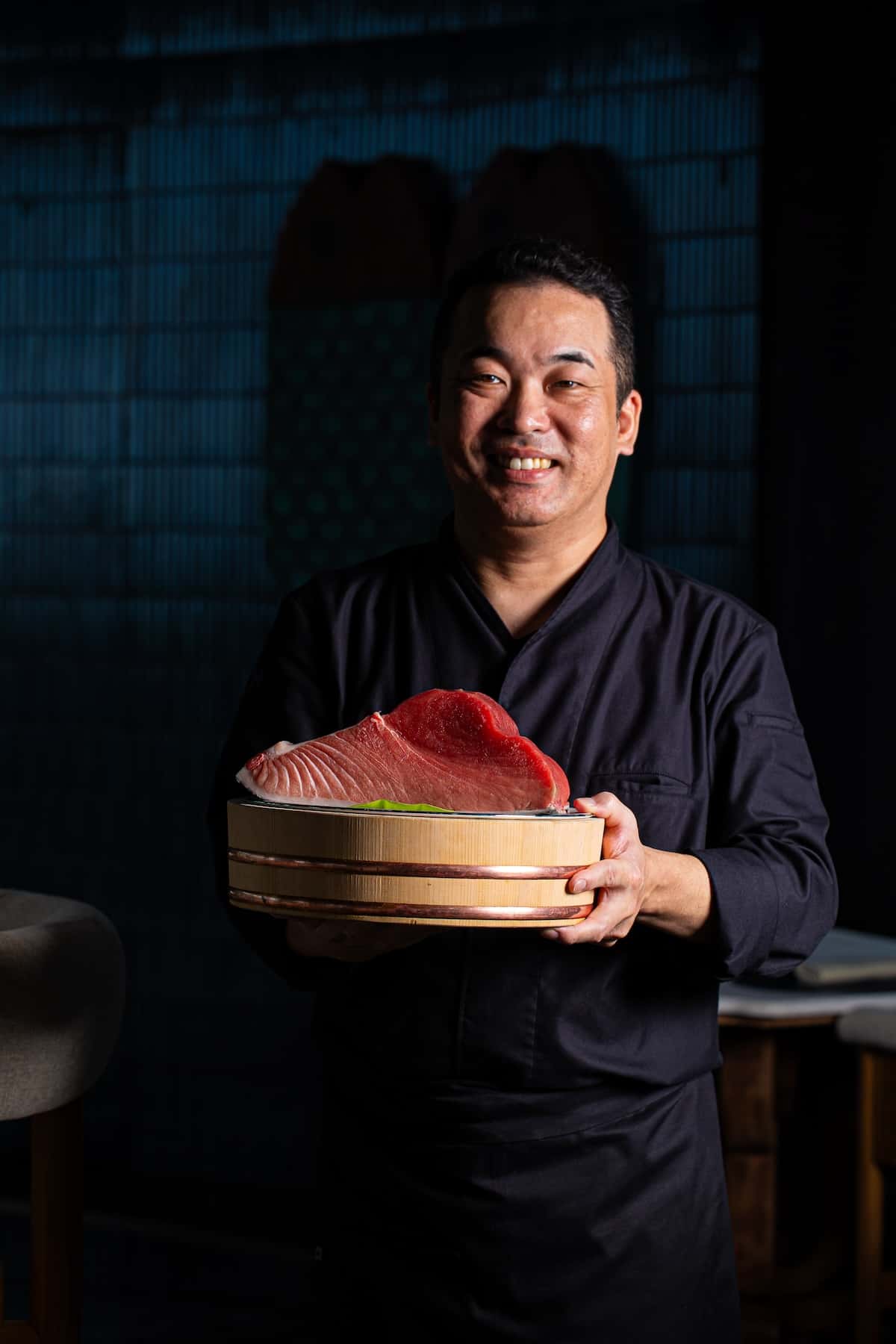
Tingara Restaurant Is Full Of Carefully Calculated Breaks With Convention
Even its arrival on the plate is unconventional, sandwiched, as it is, between the abalone dish, swathed in a rich abalone liver sauce, and served with handmade Izumo Soba Noodles – one of Japan’s most revered soba varieties from Shimane Prefecture with a distinctive dark color and rich fragrance – and five types of nigiri. Usually beef this good would be the glorious finale to a menu. But, like everything at Tingara, it’s a carefully calculated break with convention.
Chef Yoshida – trained in French technique but immersed in the culinary traditions of washoku, Japanese cuisine – holds the idea of ‘shuhari’ close to his heart – the martial artist’s roadmap that takes adherents from dutiful student to rule-breaking innovator to enlightened master who transcends technique entirely. It’s Chef Yoshida’s kitchen philosophy distilled into three syllables.
And so even their way of cooking the steak is original, bespoke for this special kind of beef. “I imagine we’re giving the beef an onsen,” Chef Yoshida laughs about cooking the beef slowly, at first, then cycling it around the teppan grill in a mesmerizing dance, before finishing it on the binchōtan to make it crispy.
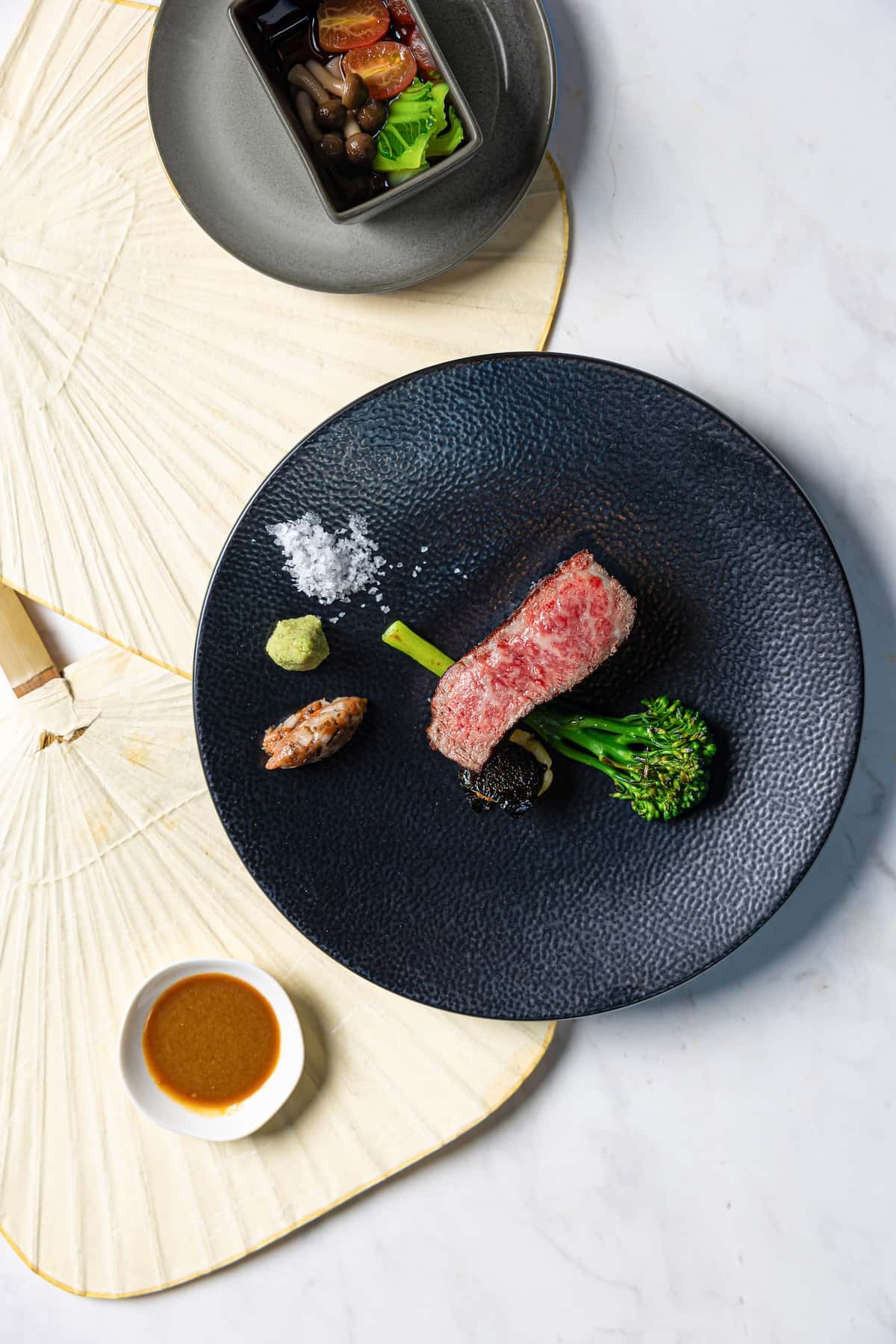
Poignant Pleasures At Tingara Japanese Restaurant Danang
For all the theorizing, Tingara is a poignant pleasure. “My family weren’t rich growing up – but twice a year, in Japan, they received a bonus, and when they received it, there would be meat on the table,” Chef Yoshida says, explaining how his love of steak was born from these cherished childhood moments of celebration.
And so, in tribute, Tingara is celebratory too, without deploying the cheesy tricks of teppanyaki. There are no onion volcanoes or shrimp-flipping theatrics. Instead, Chef Yoshida’s kitchen delivers genuine culinary drama where technique and flame become the only spectacle needed, interspersed with Chef Tetsuhiko Isozaki’s joyful presence – throwing thumbs ups at guests, beaming at the pleasure of being here right now. It is, Chef Yoshida says, a calculated way to break down barriers between the kitchen and guests – chefs and patrons who usually don’t share a common language.
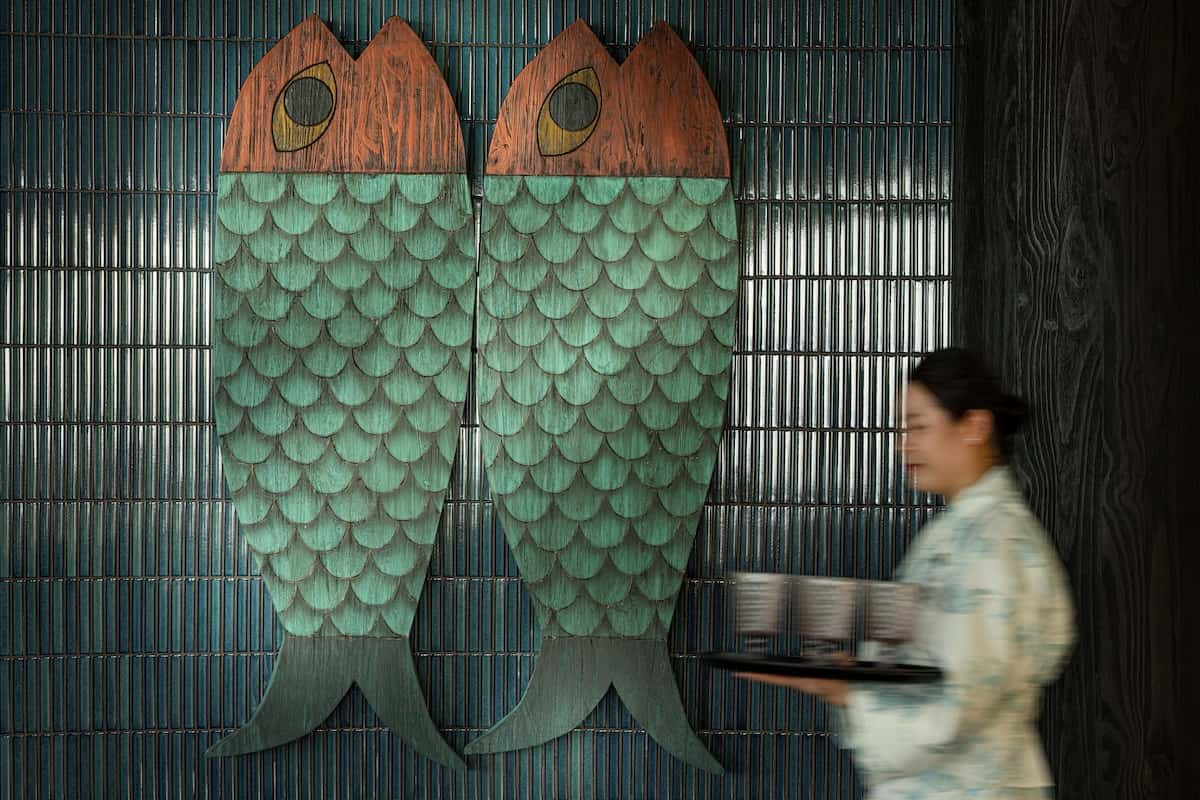
A Japanese Restaurant In Danang Consumed By Architectural Mischief
The restaurant fits in surprisingly well among Bill Bensley’s design for InterContinental Danang Sun Peninsula Resort – architectural mischief at its finest. All around is a playful rebellion against resort conventionality that cascades down the peninsula’s steep hillside with his trademark whimsy, unexpected monkey motifs and cheeky design flourishes. At Tingara Restaurant, Bensley has thrown a shock of turquoise across the space. The cool, vibrant blue creates a striking chromatic counterpoint to the warm, earthy tones of dark wood, as it rises in a cloud over the central kitchen space (handily covering the extractor fans) and coloring the fish mobiles that are ascending to the ceiling.
Yoshida says they tuned down some of the sophisticated elements they deployed at Hibana. “It’s a resort, so it’s meant to feel more relaxed,” he nods. So here, they serve sushi too – another sidestep from traditional expectations. Naturally, the pristine seafood is sourced with obsessive attention to provenance, and each piece treated with the same reverent precision as the beef. And the ise ebi, or Japanese spiny lobster, which goes on the teppanyaki grill too, arrives right as dinner’a starting, and it’s served not long later, with some enlivening yuzu.
Guests get to try either à la carte selections or choose from their curated tasting menus – the Teppanyaki Signature and the more succinct Teppanyaki Experience, or the Sushi Signature and the more approachable Sushi Experience.
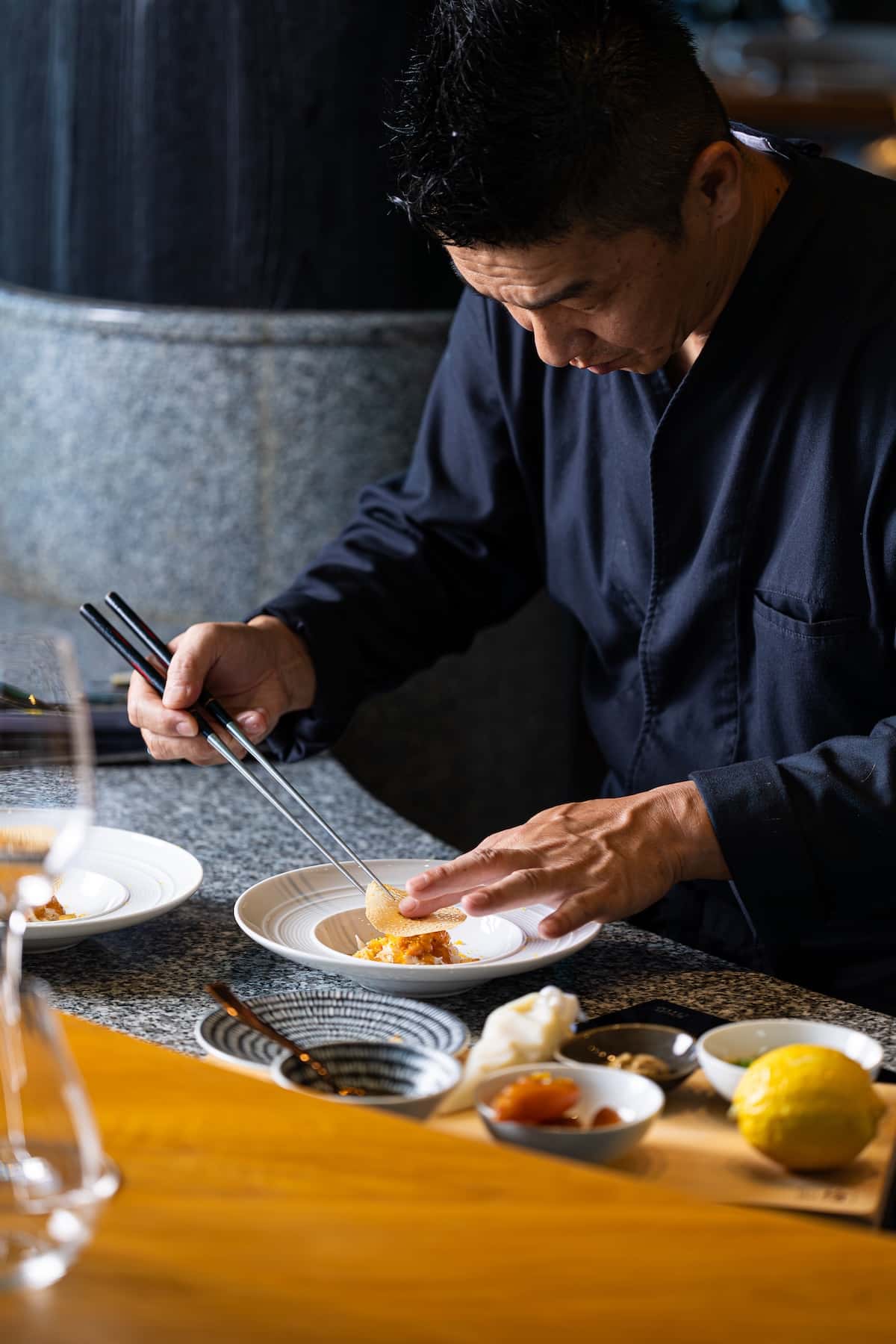
Beef That’s Done Well, And Occasionally Well Done At Tingara Japanese Restaurant In Danang
But with uniformed hotel guests tripping through here – and through Hibana in Hanoi – we wonder if anyone ever, sacrilegiously, has ordered their steak well done. Yoshida’s face drops. “It first happened in Tokyo,” he admits, thinking about his first restaurant, Ishigaki Yoshida, in the Japanese captial. “And it troubled me,” he shakes his head. But he has, he explains, learned to make a steak that’s cooked well done that still reflects his style.
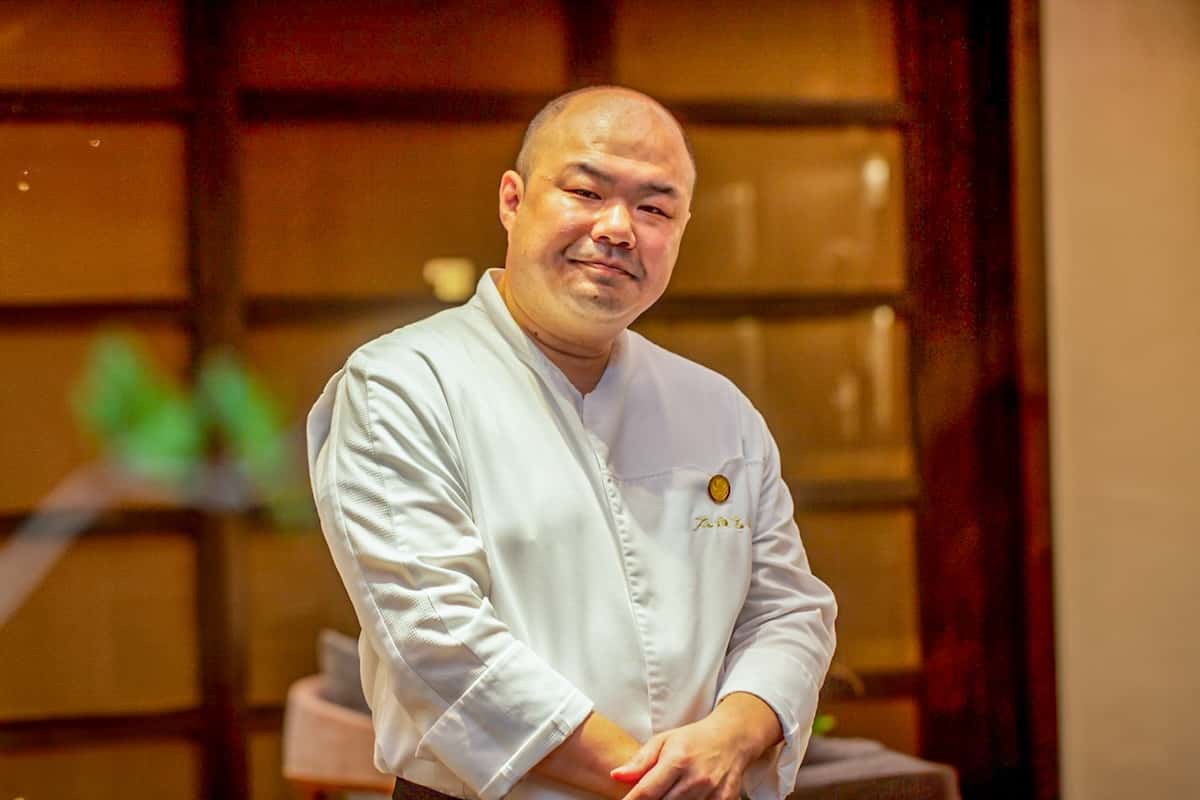
Perhaps that’s the true meaning of ‘ri’ — transcending even your own rules when a well-done steak request arrives. In Yoshida’s hands, even supposed culinary sacrilege becomes another river of stars connecting chef to guest, tradition to innovation, and Okinawa to Danang.










 Wink Hotels' is a new kind of Vietnamese hotel made for the modern traveler and ready to take on the world.
Wink Hotels' is a new kind of Vietnamese hotel made for the modern traveler and ready to take on the world.